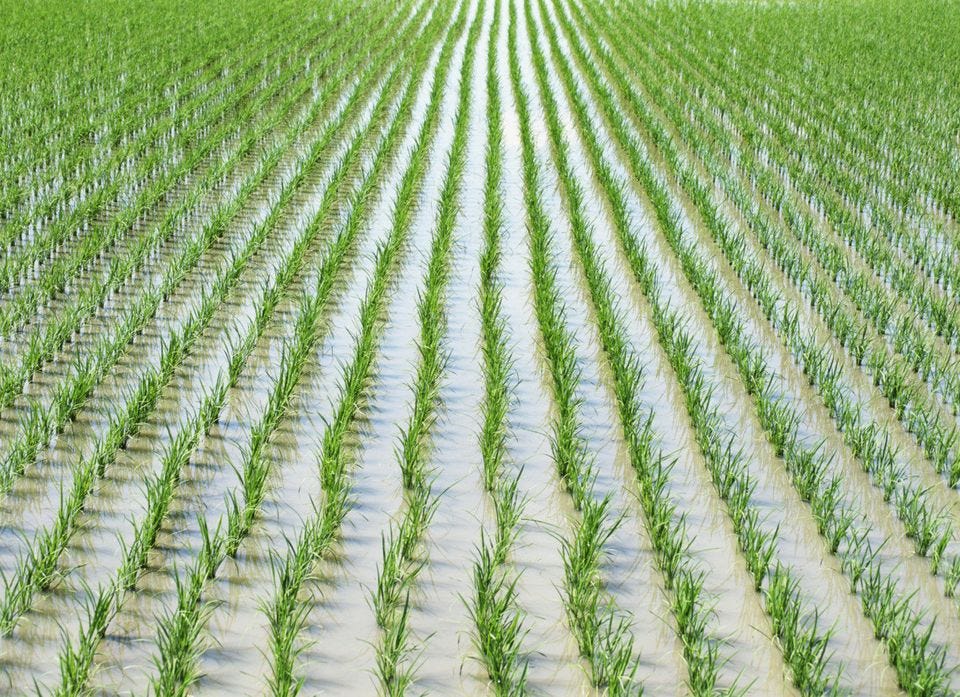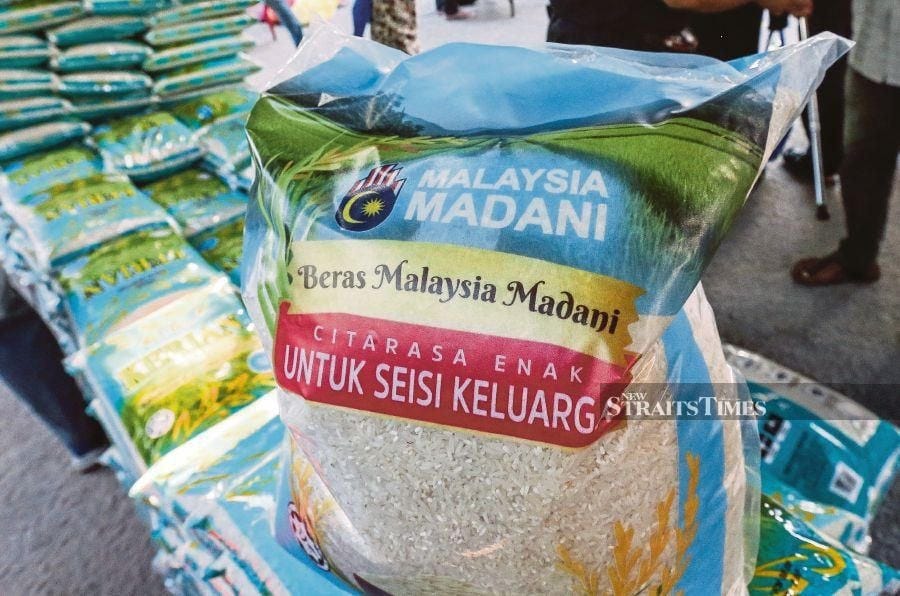Murray Hunter
Its time for real rice reform
Need policies that enhance communities

MURRAY HUNTER
23 FEB 2024

With a drought prevailing across south-east Asia, leading to irrigation water shortages and declining production, it has long been evident there would be a rice crisis in Malaysia in 2024.
There was a near crop failure in the northern states last month, where a mystery crop disease wrecked-havoc on paddy crops. It also looks like there will be a seed shortage situation later in the year.
With the price of imported rice significantly increasing due to shortages, there is now greater demand for cheaper local rice, which is also in shortage. Long standing price controls have eroded profit margins and are now acting as a dis-incentive mechanism for growers to produce. Increasing the long-standing retail price cap of RM 2.60 per kilogram for locally produced rice will lead to a consumer backlash in the current economic climate.

Government looking for solutions
The government is considering the introduction of a Madani branded white rice, priced at RM 30 per 10 kilograms (RM 15.50 per 5kg, and RM 3.50 per single Kg). This represents a departure from the old ceiling price of RM 2.60 per kg.

With ‘unity government’ politicians distancing themselves from the Madani rice concept, and the Kedah Menteri Besar Muhammad Sanusi Md Nor announcing the state is also looking how it can provide a cheaper rice to consumers. Government policy on rice has become politicized and looks to be in disarray.
The basic problems
1. Rice price ceilings have not risen for 18 years. This has stressed out farmers ability to make a profit and push most into debt. Basically, the industry is unsustainable due to price ceilings.
2. The market has been manipulated with cheaper local rice mixed with more expensive imported rice and passed off as imported rice, thus cheating the consumer. This has destroyed the integrity of local rice quality standards.
3. The monopoly on importing rice has brought inefficiencies into the market, where consumers have paid higher prices for imported rice than they should have.
4. The local paddy industry requires a deep study, with the view to making it more efficient, and providing new opportunities to add-value.
Solutions
Changing price controls, subsidies, and adding new packaging are not going to solve the deep structural problems in the rice industry today. This needs to be approached through the introduction of new techniques, new business models, and new products.
Rice cultivation techniques
The current rice cultivation techniques in the north, where over 50 percent of Malaysia’s rice is produced, heavily relies on contractors, where farmers undertake only the spraying of insecticide over the crop in an ad hoc manner. A major issue is that paddy farmers are aging, with the youth having little interest in continuing family paddy cultivation. This is not sustainable.
The key in creating profitable and sustainable paddy production needs a multi-fold approach. Instead of obtaining 4-5 tonne yields per Hectare (depends upon the availability of irrigation), 9-11 tonnes could be achieved through emulating many of the practices used in Sekinchan, Selangor. Sekinchan farmers are reported to be able to obtain 5 harvests in a two-year cycle, compared with 4 crops in the north. The farmers of Sekinchan are meticulous in the preparation of their fields, cultivation practices, and weed control.
There needs to be a return to basic research to obtain the best practices, and a return to the days of extension advice provided by local agricultural authorities to farmers.
Business models
The current business model consists primarily of smallholders cultivating relatively small plots of land between one and 10 ha. Contractors do the harvesting and milling, and also receive the bulk of government subsidies. Most of these farmers are in debt and there is nobody to takeover their land plots to continue cultivating rice when they are unable to continue.
Farmers need to be re-organized into forming community and regional cooperatives which undertake the bulk cultivation activities, harvesting, milling, sales and distribution of the rice produced. This will require government grants and subsidies, but will assist in turning smallholders into sustainable farming communities. Through cooperatives, farmers can achieve economies of scale and improve profits, which can be shared.
These cooperatives must be considered start-ups.
New products
With the community bound together in cooperatives, other rice varieties can be cultivated to add value to crops. There are many local aromatic and brown rice varieties which can be commercialized. These new products can be marketed as ‘healthy foods’, using geographical regions as branding.

Other market reforms
The sooner price controls and monopolies are eliminated from the marketplace, the better off both farmers and consumers will be. To date, the rice industry has only benefitted contractors and monopoly corporations. This doesn’t mean that subsidies and grants should be eliminated. Grants and subsidies should be used as fiscal tools to reform the ailing rice industry. These reforms should benefit communities, where the cooperative will be the vehicle to do so.
This needs a brave government to make these reforms.
Originally published in My Sin Chew 22nd February 2024.
No comments:
Post a Comment